Naju Gomtang Noanjip (나주곰탕노안집)
14.4Km 2024-02-19
1-3 Geumseonggwan-gil, Naju-si, Jeollanam-do
061-333-2053
Naju Gomtang Noanjip started as a rice soup restaurant in 1963 and has become famous nationwide for its Naju gomtang (Naju beef bone soup) specialty. The gomtang at the restaurant is boiled for several hours, resulting in a rich and flavorful broth combined with tender beef. As a local favorite, it is located in Naju Beef Bone Soup Street, making it easily accessible.
Traditional Tea House Punggyeong (전통찻집 풍경)
14.4Km 2023-12-22
96 Unyong-ro, Buk-gu, Gwangju
Traditional Tea House Punggyeong in Gwangju specializes in serving rich and savory traditional Korean tea. The interior is decorated in white and wood tones, creating a cozy atmosphere. From the entrance to every corner of the room, there are plants that have been cared for by the store owner, allowing visitors to feel more at ease as they enter the tea house. The drinks are served in a neat tea cup, and their most recommended tea is the house-brewed ssanghwacha (medicinal herb tea). Furthermore, it sells a variety of traditional teas that are great to savor leisurely while resting such as daechu cha (jujube tea), a unique tea with a sweet aftertaste and is known to help treat insomnia; and saenggang cha (ginger tea) with an addition of honey or malt syrup, among others.
Olive Young - Gwangju Maegok Branch [Tax Refund Shop] (올리브영 광주매곡)
14.8Km 2024-04-18
319, Seoljuk-ro, Buk-gu, Gwangju
-
Gwangju Yangdong Market (광주 양동시장)
14.8Km 2022-04-06
238, Cheonbyeonjwa-ro, Seo-gu, Gwangju
+82-62-366-0884
Yangdong Market started in the 1910s as a traditional market held on dates ending in 2 and 7 of every month on the white sand beach under Gwangjugyo Bridge. The market has a long history and local citizens have many sayings referring to the multitude of items available here. During the May 18th Democratic Uprising, both Yangdong and Daein Markets were a grand venue where the citizens of Gwangju gathered together to rally for democratization of the nation. Merchants of the markets provided food, beverages, and medicine to the protestors and participated in the movement alongside their fellow citizens.
Yangdong Market is an outstanding traditional market among all markets throughout the nation. The market has upgraded with the times to include modern conveniences, including a consolidated market logo, online shopping mall, and merchant education classes.
CU - Yongbong Sarang Branch [Tax Refund Shop] (cu용봉사랑점)
15.0Km 2024-06-28
42, Yongju-ro, Buk-gu, Gwangju
-
Yeongmi Oritang (영미오리탕)
15.1Km 2021-09-13
126, Gyeongyang-ro, Buk-gu, Gwangju
+82-62-527-0249
Yeongmi Oritang has been serving up duck stew (oritang) to the community for over 80 years. Made with ground perilla seeds, soybean paste, chili powder, garlic, and other carefully selected ingredients, the duck is boiled in an earthen pot and seasoned with ginseng, jujube, and water parsley to suit each customer's individual tastes. The dish is served with kimchi side dishes, which are said to enhance the flavor of the duck meat. Since duck is known to be effective in treating liver and geriatric diseases, the restaurant is popular not only for its delicious flavors, but also for the health benefits of its food.
Aritaum - Gwangju Jinwol Branch [Tax Refund Shop] (아리따움 광주진월점)
15.1Km 2024-04-23
687, Seomun-daero, Nam-gu, Gwangju
-
Chonnam National University Museum (전남대학교 박물관)
15.1Km 2025-01-02
77 Yongbong-ro, Buk-gu, Gwangju
The Cheonnam National University Museum showcases a variety of domestic and international works on history, anthropology, culture, and folklore, along with providing research materials. Initially established as a research center for the faculty and students, the museum has evolved into its current form since 2002. Visitors can explore exhibitions on diverse topics and immerse themselves in different cultures at the learning center of the museum.
Gwangju Arboretum (광주시립수목원)
15.1Km 2024-11-18
142 Dodong-gil, Nam-gu, Gwangju
Gwangju Arboretum was built on a sanitary landfill to restore the natural ecological environment by planting trees and creating convenience facilities. The arboretum preserves, manages, researches, and exhibits the indigenous plants of the region and provides visitors with a space to relax and connect with nature. Visitors of all ages can enjoy educational programs and forest commentary tours, making it a great place for families.
Namdo Folk Food Exhibition Room & Honam Cultural Material Pavilion (남도향토음식박물관·호남문화자료전시관)
15.2Km 2021-11-27
477, Seoljuk-ro, Buk-gu, Gwangju
+82-62-410-6642
Located in Gwangju, the Namdo Folk Food Exhibition Room was established to preserve and promote the local foods of the Namdo region. The museum has a museum shop, both permanent exhibitions and special planned exhibitions, and a studio where visitors can watch a variety of video content related to the local foods. In the Honam Cultural Material Pavilion, literature, clothing, and artwork from the region are on display.
The museum building was designed to resemble both the long, rectangular presses used to make patterned rice cakes and the Ipseokdae Rock of Mudeungsan Mountain, a symbol of Gwangju. Even the colors of the building’s walls hold special significance. The obangsaek (five colors; blue, white, red, black, and yellow) symbolize the cardinal directions, the seasons, the major organs in the body, different tastes, feelings, and philosophy.
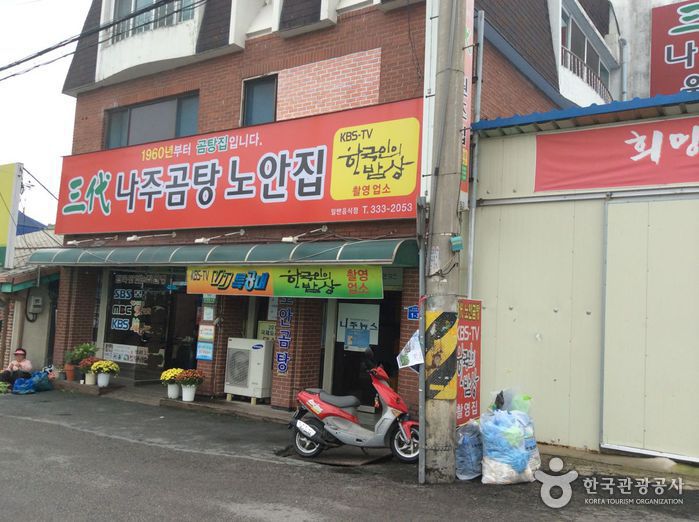
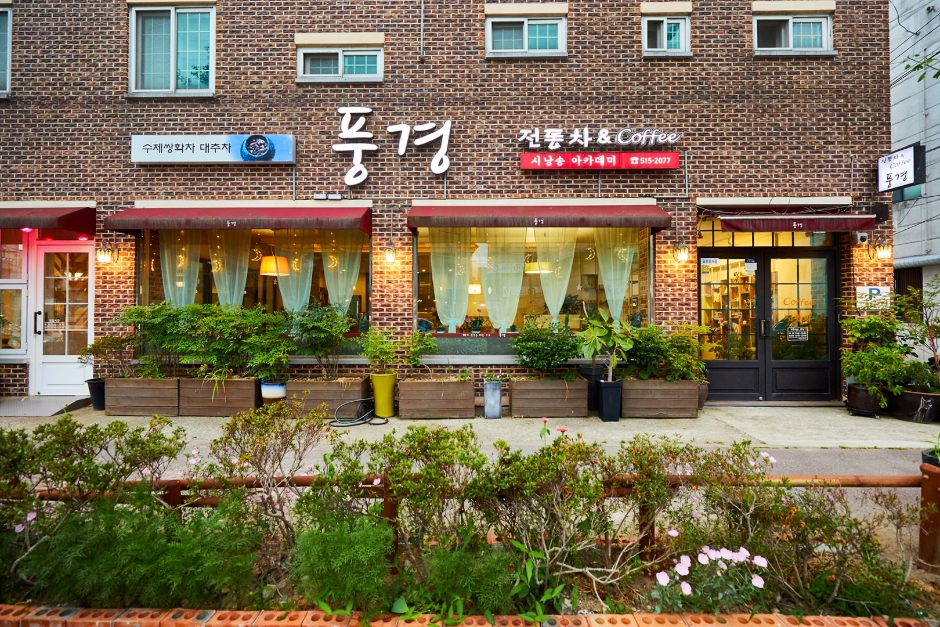
![Olive Young - Gwangju Maegok Branch [Tax Refund Shop] (올리브영 광주매곡)](http://tong.visitkorea.or.kr/cms/resource/19/2886819_image2_1.jpg)
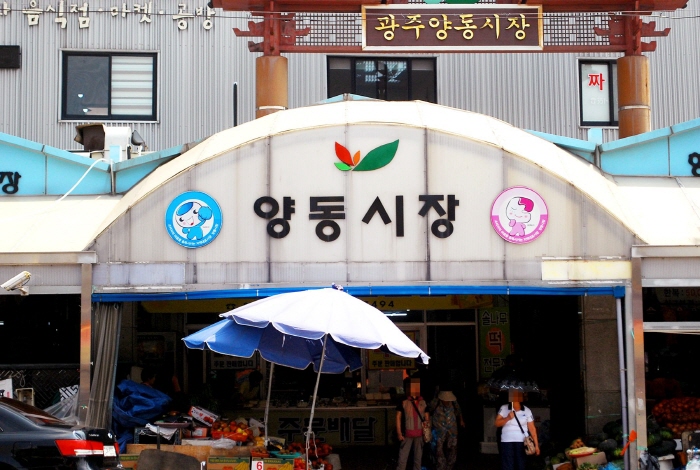

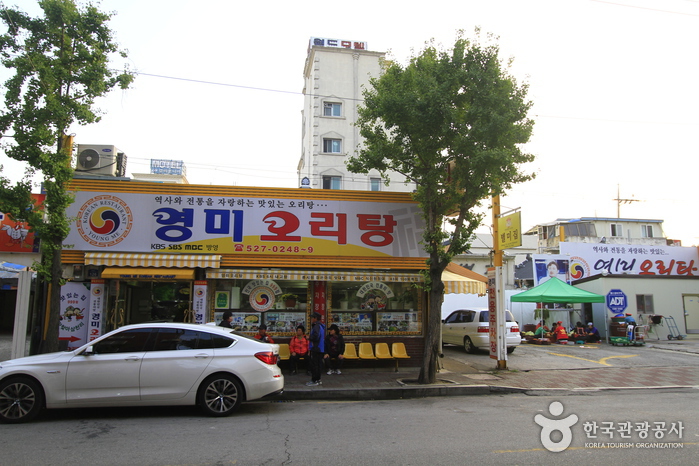
![Aritaum - Gwangju Jinwol Branch [Tax Refund Shop] (아리따움 광주진월점)](http://tong.visitkorea.or.kr/cms/resource/07/2886907_image2_1.jpg)
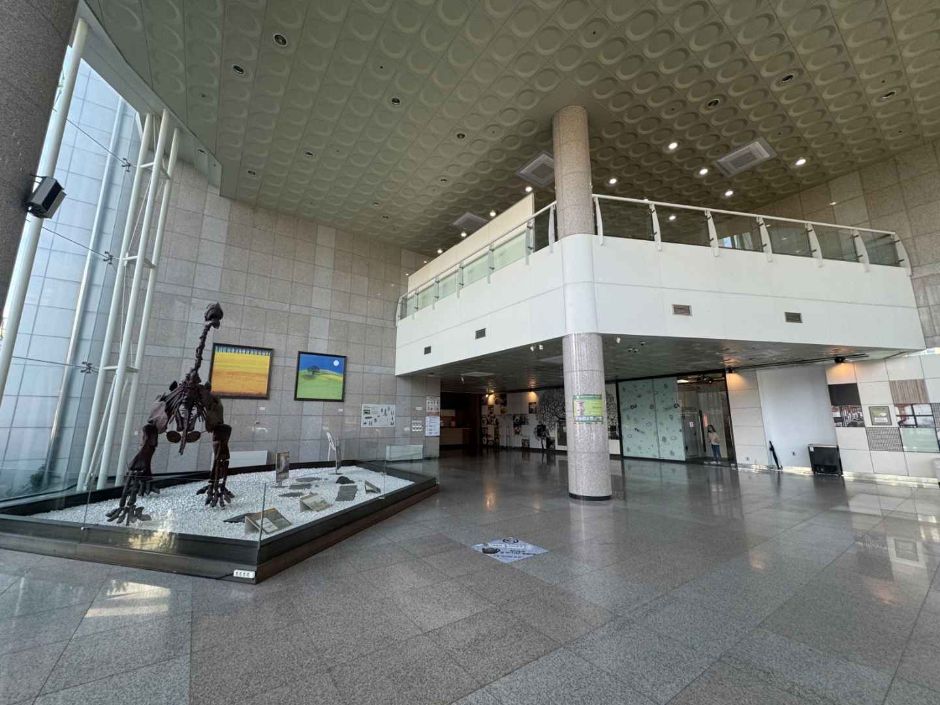
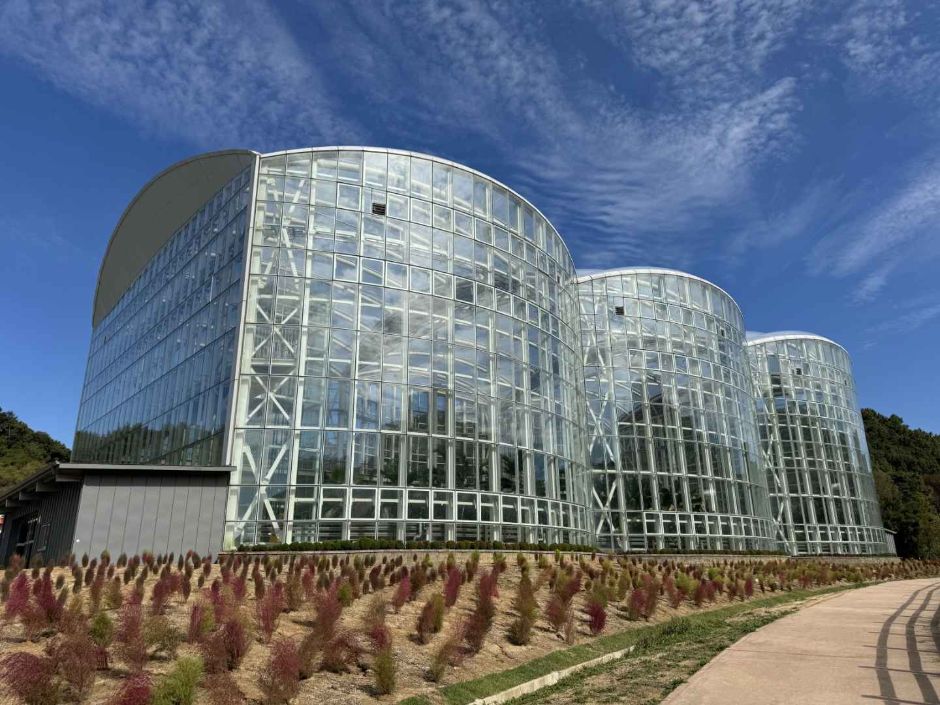
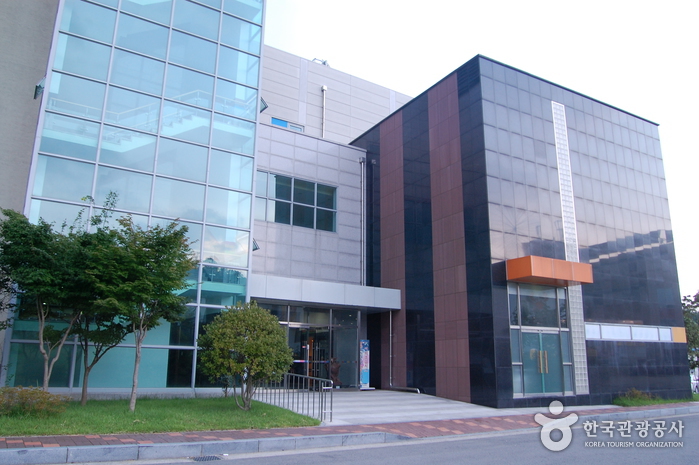
 English
English
 한국어
한국어 日本語
日本語 中文(简体)
中文(简体) Deutsch
Deutsch Français
Français Español
Español Русский
Русский